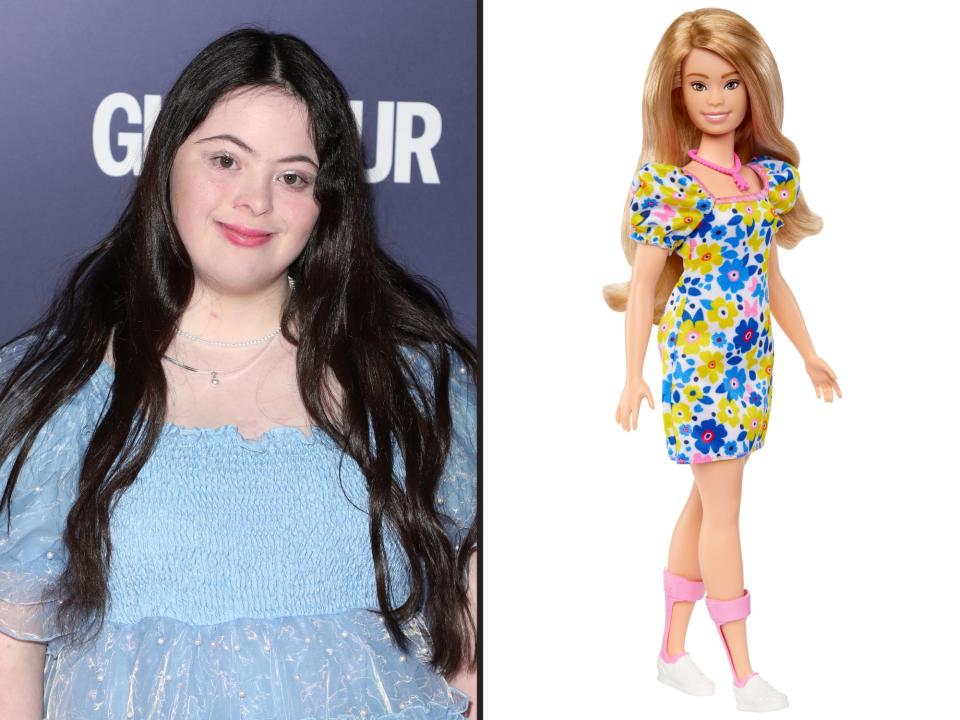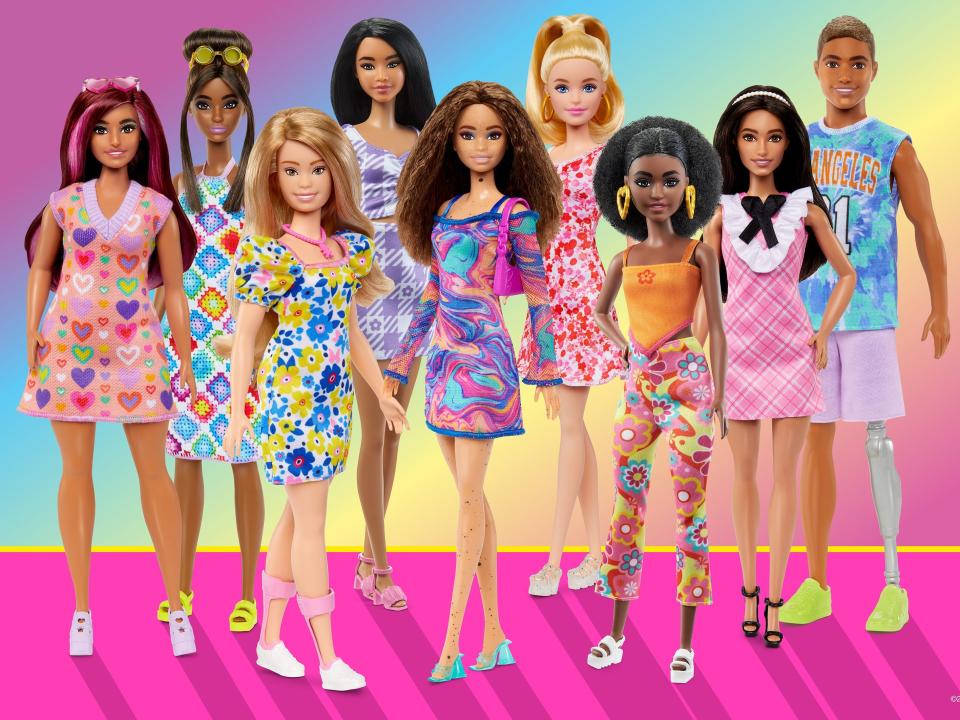Model Ellie Goldstein celebrates the first Barbie doll with Down syndrome: 'People need to see more people like me'

Mattel just announced a new Barbie doll with Down syndrome.
Model Ellie Goldstein, who has Down syndrome, shared her excitement about the doll's release.
"It means a lot to me that children will be able to play with the doll and learn that everyone is different," Goldstein said.
Mattel just announced it will be releasing a Barbie doll with Down syndrome in its latest effort to be more inclusive.
Ellie Goldstein, a model who also has Down syndrome, shared her excitement over the newest Barbie, saying that when she first saw the doll, she "felt so emotional, and proud."
"It means a lot to me that children will be able to play with the doll and learn that everyone is different," Goldstein wrote in an Instagram post shared on Tuesday.
Goldstein, who was also chosen by the company to appear in a campaign announcing the newest doll, continued by saying that "diversity is important as people need to see more people like me out there in the world and not be hidden away."
"Barbie will help make this happen," she continued.

Mattel worked with the National Down Syndrome Society to design the doll. According to a press release, the new Barbie's face is a rounder shape, has almond-shaped eyes, smaller ears, and a flat nasal bridge.
"The doll's palms even include a single line, a characteristic often associated with those with Down syndrome," Mattel said.
The doll, which is currently available for preorder in the United Kingdom, also has a shorter frame and longer torso than the other dolls in its Fashionista collection.
The doll wears a floral-patterned dress that pays homage to the colors typically associated with Down syndrome awareness, as well as a pink necklace with three upward chevrons representing the three copies of the 21st chromosome and pink ankle foot orthotics.
This is just the latest step that Mattel is taking to make its Barbies more inclusive.
In September, the company launched a line in the UK that featured dolls with hearing aids and prosthetic limbs. The company has also brought out dolls that have wheelchairs and varying body types, as well as new skin colors and hair textures.
"Our goal is to enable all children to see themselves in Barbie, while also encouraging children to play with dolls who do not look like themselves," Lisa McKnight, the executive vice president and global head of Barbie and Dolls at Mattel, said in a statement.
Read the original article on Insider


